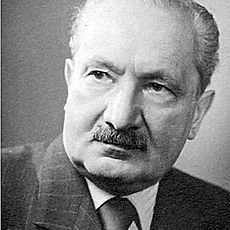what is a thing?
-Martin Heidegger

WHAT IS A THING? by Martin Heidegger
Thing theory is a branch of critical theory that focuses on human–object interactions in literature and culture. It borrows from Heidegger's distinction between objects and things, which posits that an object becomes a thing when it can no longer serve its common function. When an object breaks down or is misused, it sheds its socially encoded value and becomes present to us in new ways through the suspension of habit. The theory was largely created by Bill Brown, who edited a special issue of Critical Inquiry on it in 2001 and published a monograph on the subject entitled A Sense of Things.
As Brown writes in his essay "Thing Theory":
We begin to confront the thingness of objects when they stop working for us: when the drill breaks, when the car stalls, when the window gets filthy, when their flow within the circuits of production and distribution, consumption and exhibition, has been arrested, however momentarily. The story of objects asserting themselves as things, then, is the story of a changed relationship to the human subject and thus the story of how the thing really names less an object than a particular subject-object relation.As they circulate through our lives, we look through objects (to see what they disclose about history, society, nature, or culture - above all, what they disclose about us), but we only catch a glimpse of things.
Applications of thing theory:
Thing theory is particularly well suited to the study of modernism, due to the materialist preoccupations of modernist poets such as William Carlos Williams, who declared that there should be "No ideas but in things" or T. S. Eliot's idea of the objective correlative. Thing theory has also found a home in the study of contemporary Maker culture, which applies Brown's aesthetic theories to material practices of misuse. Recent critics have also applied Thing Theory to hoarding practices.
What is a thing? by Martin Heidegger
The question has been characterised in two essential respects: What is put in question and how it is questioned.
“First, with regard to what is in question- the thing with an admittedly very poor light we have searched the horizon in which, according to tradition, the thing and the determination of its thingness stand. We reached a double result: first, the frame of the thing, time-space, and the thing's way of encountering, the "this," and then the structure of the thing itself as being the bearer of properties, entirely general and empty: to form the one for a many.
Second, we tried to characterise the question in regard to the manner in which it must be asked. It turned out that the question is historical. What is meant by that has been explained. “
The introductory reflection on our question makes it clear that two leading questions permanently go along with it and, therefore, must be asked with it.
If we ignore the question "What is a thing?" then "nothing further happens."
The question "What is a thing?" is a historical question. But it is more important to act according to this historical character in the questioning than to talk about the historical character of the question.
